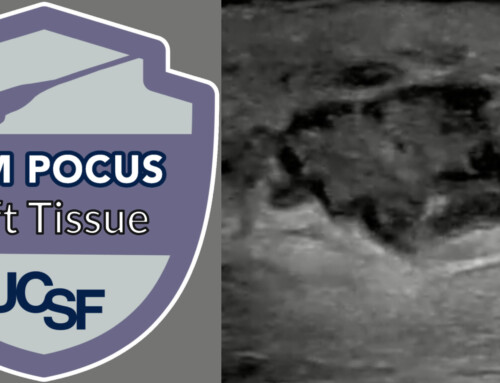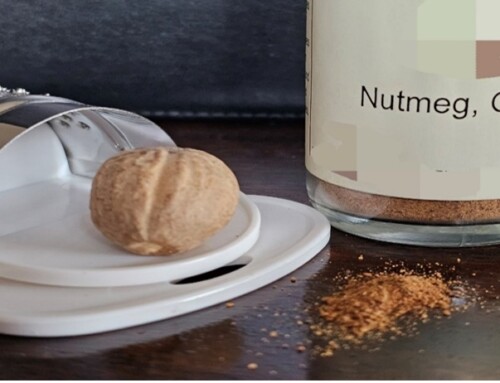
The toxin from the golden poison dart frog most resembles which of the following in its mechanism of action?
- Botulinum toxin
- Bufotoxin
- Grayanotoxin
- Palytoxin
- Tetrodotoxin
Photo adapted from Wilfried Berns (Wikimedia Commons)
References
- Li HL, Hadid D, Ragsdale DS. The batrachotoxin receptor on the voltage-gated sodium channel is guarded by the channel activation gate. Mol Pharmacol. 2002;61(4):905-912. PMID 11901230
- Bosmans F, Maertens C, Verdonck F, Tytgat J. The poison Dart frog’s batrachotoxin modulates Nav1.8. FEBS Lett. 2004;577(1-2):245-248. PMID: 15527793
- Darst, Catherine R.; Menéndez-Guerrero, Pablo A.; Coloma, Luis A.; Cannatella, David C. (2005). Pagel, Mark (ed.). “Evolution of Dietary Specialization and Chemical Defense in Poison Frogs (Dendrobatidae): A Comparative Analysis”. The American Naturalist. University of Chicago Press. 165(1): 56–69. PMID: 15729640
- “Golden Poison Frog | AMNH”. American Museum of Natural History. Retrieved 2023-06-13.
- Tokuyama, T.; Daly, J.; Witkop, B. (1969). “The structure of batrachotoxin, a steroidal alkaloid from the Colombian arrow poison frog, Phyllobates aurotaenia, and partial synthesis of batrachotoxin and its analogs and homologs”. Am. Chem. Soc.91 (14): 3931–3938. PMID 5689118
- William C. Bowman. Excitable membranes. In: Pharmacology of Neuromuscular Function (Second Edition). Butterworth-Heinemann. 1990. Pages 8-35. ISBN 9780723609131. https://doi.org/10.1016/B978-032305260-3.50048-4.
- Lago J, Rodríguez LP, Blanco L, Vieites JM, Cabado AG. Tetrodotoxin, an Extremely Potent Marine Neurotoxin: Distribution, Toxicity, Origin and Therapeutical Uses. Mar Drugs. 2015;13(10):6384-6406. Published 2015 Oct 19. PMID: 26492253
- Pratap Chand. Marine Envenomations. In: Clinical Neurotoxicology. W.B. Saunders. 2009. Pages 454-462. ISBN 9780323052603. https://doi.org/10.1016/B978-032305260-3.50048-4.
- “Amphibian Species of the World”. The American Museum of Natural History. Retrieved 2023-06-13.
- Dumbacher JP, Spande TF, Daly JW. Batrachotoxin alkaloids from passerine birds: a second toxic bird genus (Ifrita kowaldi) from New Guinea. Proc Natl Acad Sci U S A. 2000;97(24):12970-12975. PMID: 11035772
- Toft, Catherine A. “Evolution of Diet Specialization in Poison-Dart Frogs (Dendrobatidae).” Herpetologica, vol. 51, no. 2, 1995, pp. 202–16. JSTOR. Accessed 13 June 2023.
- Tarvin RD, Borghese CM, Sachs W, et al. Interacting amino acid replacements allow poison frogs to evolve epibatidine resistance. Science. 2017;357(6357):1261-1266. PMID: 28935799
- Summers K, Clough ME. The evolution of coloration and toxicity in the poison frog family (Dendrobatidae). Proc Natl Acad Sci U S A. 2001;98(11):6227-6232. PMID: 11353830
- “Poison Dart Frog – an overview | ScienceDirect Topics”. sciencedirect.com. Retrieved 2023-06-13.






